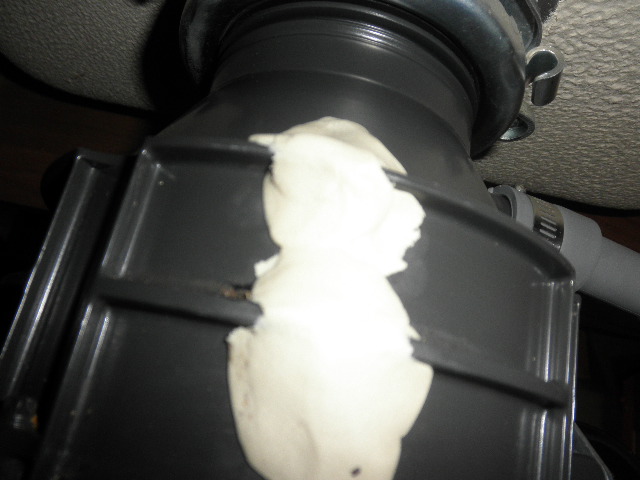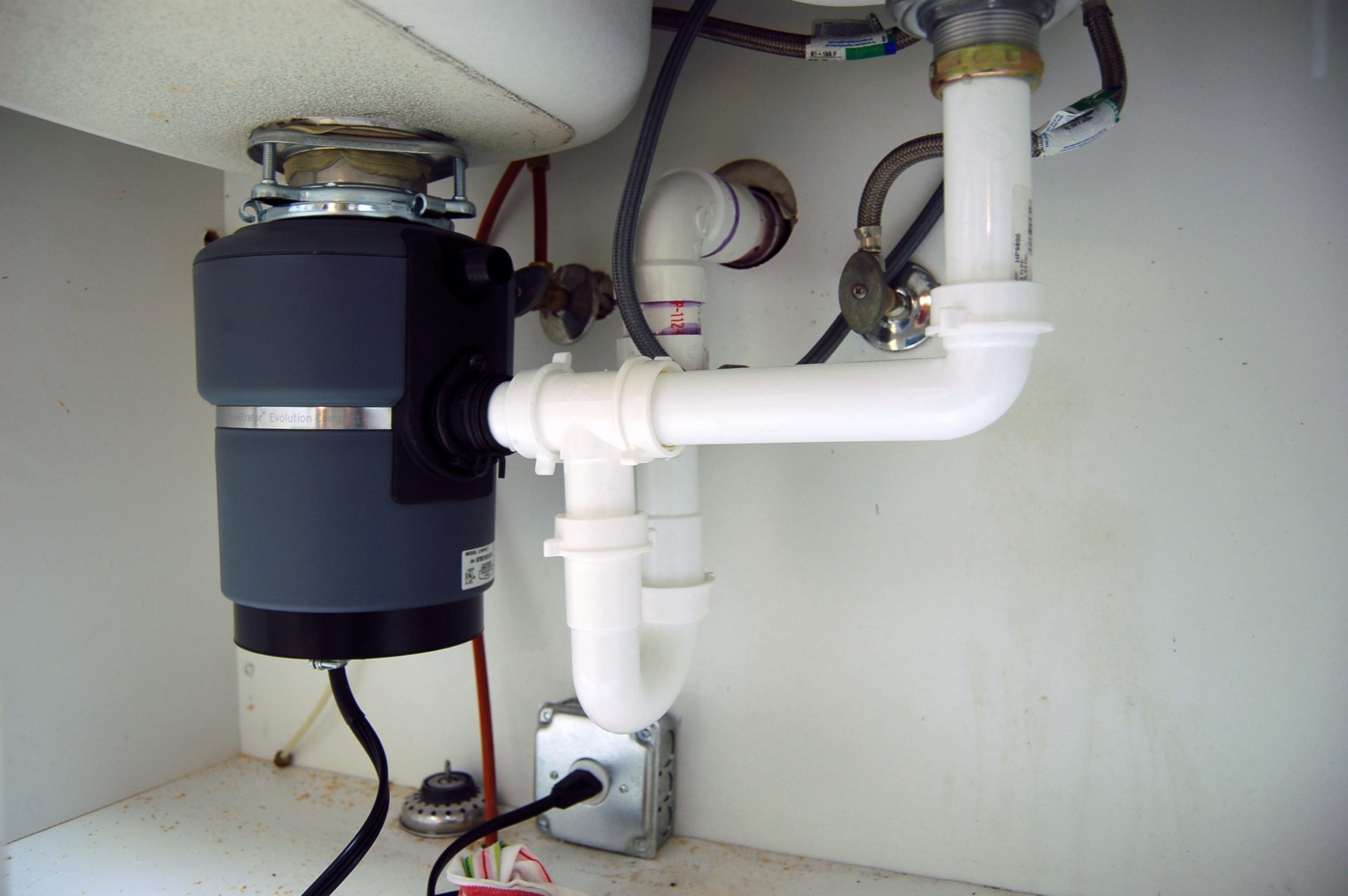Easy Steps to Stop a Leak in Your Garbage Disposal
Easy Steps to Stop a Leak in Your Garbage Disposal
Blog Article
We've found this article involving The Handy Guide To Fixing Your Garbage Disposal Leaking directly below on the web and figured it made sense to share it with you in this article.

Garbage disposals are important kitchen home appliances that assist in getting rid of food waste effectively. Nonetheless, a dripping garbage disposal can be an aggravating and untidy issue to handle. Luckily, numerous leakages can be dealt with quickly with a couple of easy steps. In this article, we will certainly talk about just how to repair a leaking waste disposal unit successfully.
Intro
Waste disposal unit are installed under kitchen sinks and are created to shred food waste right into smaller sized items, permitting it to go through the plumbing system quickly. While these devices are normally trusted, leaks can take place over time because of deterioration, loose links, or damages to the device.
Typical Reasons For Leaks in Rubbish Disposals
Worn Seals and Gaskets
Seals and gaskets play a critical duty in avoiding water from leaking out of the garbage disposal. Gradually, these parts can wear away, leading to leaks around the disposal unit.
Loose Links
The links in between the garbage disposal and the pipes system can end up being loosened over time, triggering water to leakage out during procedure.
Splits or Holes in the Disposal System
Physical damages to the garbage disposal, such as fractures or openings in the real estate, can also cause leaks.
Identifying the Resource of the Leak
Before attempting to fix a dripping waste disposal unit, it is essential to identify the resource of the leak. This can generally be done through aesthetic assessment or by conducting straightforward examinations.
Visual Evaluation
Evaluate the garbage disposal device thoroughly for any kind of signs of water leak. Pay attention to locations around seals, gaskets, and link points.
Evaluating for Leaks
One method to evaluate for leaks is by running water with the disposal unit and checking for any kind of visible indicators of leak.
Tools and Materials Needed for Fixing a Leaking Waste Disposal Unit
Before beginning the repair service procedure, collect the essential devices and products, consisting of a screwdriver, flexible wrench, plumber's putty, replacement seals or gaskets, and epoxy or patching material for repairing splits or holes.
Step-by-Step Guide to Fixing a Dripping Garbage Disposal
Turn Off the Power
Before trying any fixings, make certain that the power to the waste disposal unit system is turned off to prevent the danger of electric shock.
Situate the Leak
Identify the specific area of the leak and figure out the cause.
Tighten up Connections
Make use of a wrench to tighten any type of loosened connections in between the disposal unit and the plumbing system.
Replace Seals or Gaskets
If the leakage is because of worn seals or gaskets, eliminate the old parts and change them with brand-new ones.
Patching Cracks or Holes
For splits or openings in the disposal unit, usage epoxy or an ideal patching material to seal the damaged area.
Examining the Garbage Disposal After Repair Work
When the fixing is full, test the garbage disposal by running water through it to ensure that the leakage has actually been resolved.
Preventive Maintenance Tips to Avoid Future Leaks
To avoid future leaks, it is vital to do normal upkeep on your garbage disposal. This consists of maintaining it tidy, preventing putting non-food products or hard objects down the disposal, and occasionally checking for leaks or various other issues.
Conclusion
To conclude, repairing a dripping waste disposal unit is a fairly uncomplicated procedure that can be finished with fundamental tools and products. By complying with the actions described in this short article and practicing preventative maintenance, you can keep your waste disposal unit in good working condition and stay clear of costly fixings in the future.
HERE’S HOW TO FIX YOUR GARBAGE DISPOSAL
WHAT TO DO IF SOMETHING IS STUCK IN YOUR GARBAGE DISPOSAL
If the impeller won’t turn, there’s probably something stuck in the disposal. It could be a steak bone or peach pit, although plumbers report pulling all sorts of inappropriate objects out of disposals, such as bottle caps or aluminum foil. Make sure power to the disposal is off, and look inside to see if you can see the source of the jam.
Never stick your fingers in a disposal. Pull out anything you see with tongs or pliers.
If the disposal still won’t work, it may be time to call a plumber or consider buying a new disposal. GEM Plumbing & Heating is here for all of your garbage disposal needs.
WHAT TO DO IF YOUR GARBAGE DISPOSAL DRAIN IS CLOGGED
Take everything out from underneath your sink and put a bucket or other container under your disposal to catch any water that drains out. Disconnect your disposal from the power supply. If it’s plugged into a wall outlet, unplug it. If it’s hardwired into an electrical box, go to the electrical panel and turn off the breaker for the disposal. Pour ¼ cup of baking soda into the drain, followed by ½ cup of white vinegar. Give the solution a few minutes to fizz and do its work. Look into the disposal with a flashlight to see if you can see an object that might be causing the clog. If you see it, remove it using tongs or pliers. MORE TIPS ON DEALING WITH A CLOGGED GARBAGE DISPOSAL
Never use drain cleaner in a garbage disposal. It can damage the plastic parts inside the disposal. You can also be splashed with the caustic liquid while working to clear the clog. Beware! Never stick your fingers into a garbage disposal. Trust us — not a good idea. In many instances, your dishwasher drains through your garbage disposal. This allows the disposal to grind any large food particles that may be drained out of your dishwasher. There are some jurisdictions, however, where the plumbing code prohibits such a connection. WHAT TO DO WHEN YOUR DISHWASHER DRAINS THROUGH THE DISPOSAL
Run some water in the sink so your plunger has at least a ½-inch of water to create a seal and plunge vigorously up and down several times. You may need to repeat this several times. Run hot water down the drain to clear any residue that remains.

Do you enjoy reading up on Why Is ? Create a comment down below. We will be interested to hear your opinions about this blog posting. We are looking forward that you come back again soon. Enjoyed reading our blog? Please share it. Let other people check it out. Many thanks for your time spent reading it.
Book My Estimate Report this page